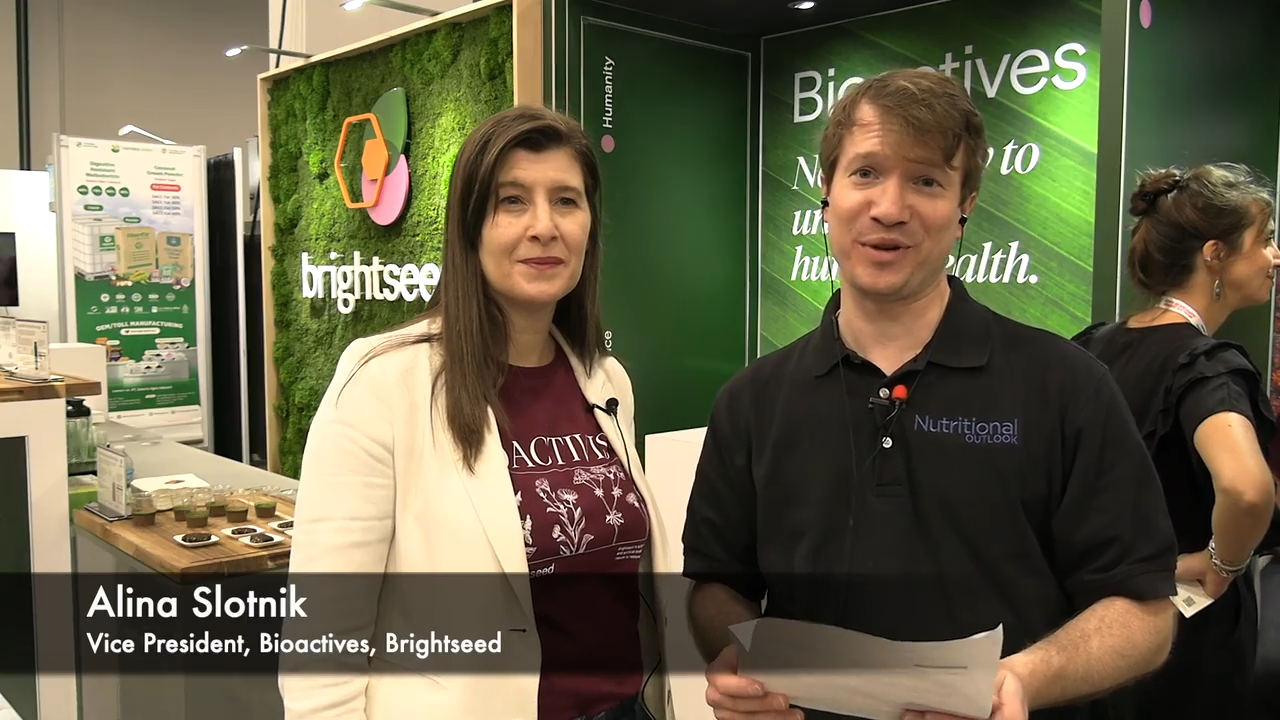Leveraging shelf-life extension to combat food waste: insights from Kerry Food Waste Estimator study
The study highlights insights and practical approaches for the food industry to reduce food waste.
Image | adobe.stock.com/liang

Research from the University of Georgia examined how shelf-life extension could reduce waste in the food industry. The study,1 “The Potential for Reducing Food Waste through Shelf-Life Extension: Actionable Insights from Data Digitization,” was published in Sustainability in April 2024. Kerry Inc., the creator of the food waste estimator tool used in the study, funded the research.
Noting the global need for food waste reduction strategies, the study aimed to create and test a methodology to estimate the impact of food reduction through the extension the self-life of products. Two case studies were analyzed to estimate the effectiveness of the tool, measuring the impact on CO2 emissions, water usage, and the number of people who could receive the nutrition that hadn’t been wasted.
The Kerry Food Waste Estimator, started in 2022, determines potential food waste reduction of a food product based on data input by the user including: product type, region, current shelf life, additional days of shelf life to simulate, and, if known, the percentage of waste across the supply chain.
Using the food waste calculator, two case studies examined several scenarios for reducing waste with poultry meat and with bread. Different types of scenarios were tested, each with differing data used to simulate various situations. For example, results from one of the poultry meat waste reduction scenarios found that, “according to the findings derived from the food waste estimator and assuming an extended shelf life of poultry meat by ten days (40% shelf-life extension) with 20% of the product going to waste, it is possible to achieve a potential reduction in waste volume of 57 kg/day (at a production scale of 1000 kg/day). Furthermore, the quantity of 57 kg corresponds to a reduction of 6% in the total volume of poultry meat production per day, specific to food waste. In terms of environmental impact, a daily emission of 457 kg of CO2-eq and a daily consumption of 656,571 L of H2O-eq would be avoided. Lastly, the social impact of prolonging the poultry meat’s shelf life by ten days would be that 32 people could be fed per day.”
The study also noted the role tools like these play in food waste reduction efforts, enabling more informed decision making from food producers, retailers, and consumers. Researchers also noted the importance of using it to help reach the United Nation’s Sustainable Development Goal (SDG) of cutting global food waste levels in half by 2023. “This work is expected to contribute to the ongoing scientific research on alternative tools that the global food industry may find useful in developing interventions to effectively reduce food waste across the food supply chain,” the researchers concluded. “Thus, it is crucial to keep pushing for innovation and involvement in reducing food waste at every level to achieve the ambitious SDG 12.3.”
Reference
- Reyes, V.; Cahill, E.; Mis Solval, K.E. The Potential for Reducing Food Waste through Shelf-Life Extension: Actionable Insights from Data Digitization. Sustainability 2024, 16(7), 2986. DOI: 10.3390/su16072986
HHS announces restructuring plans to consolidate divisions and downsize workforce
Published: March 27th 2025 | Updated: March 27th 2025According to the announcement, the restructuring will save taxpayers $1.8 billion per year by reducing the workforce by 10,000 full-time employees and consolidating the department’s 28 divisions into 15 new divisions.










